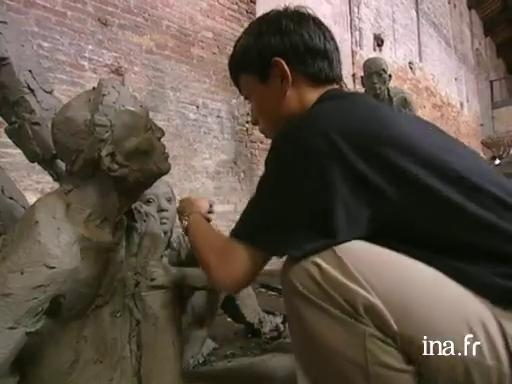The Venice Biennial

Information
Venice celebrates contemporary art: until November, the greatest artists from all over the world will meet on the edge of the laguna for the highly reputable Biennial. General survey of the artists that are present, with China being honoured this year.
Context
The Biennial of Venice didn't take long, after its creation in April 1895, to become one of the most important international cultural institutions that was devoted to contemporary creation. The artistic celebrations have, from the 1930s, been organised in different sections: the music Festival from 1930, cinema from 1932 (better known under the name Mostra of Venice), theatre in 1934, architecture in 1980, dance in 1999... the first foreign "pavilions" were opened in 1907, on the model of the Universal Exhibitions.
With the exception of the war years (reduced to a few participants after 1939, the biennial was interrupted from 1944 to 1946), the Biennial of art never stopped welcoming more and more artists from around the world. Cézanne, Matisse, Hodler, Van Gogh, Modigliani, Scheile, Klee, Picasso... all saw their work presented in a different pavilion In the 1960s, the biennial celebrated the Pop Art movement: in 1964, Robert Rauschenberg received the prize for the best foreign artist, causing controversy.
Since the 1980s, the programme was designed around a theme. In 1999, directed by Harald Szeemann, the Biennial invested in the Arsenal buildings and proposed installations on the theme of water. Representing France, Louise Bourgeois received that year the Lion d'Or for lifetime achievement. In 2007, the reward was awarded to the Malian photographer Malick Sidibé. European painters, American directors, Asian Plasticien or African photographer: the Biennial is, above all, at the start of the 21st century, the borderless celebration of all kinds of creation.




